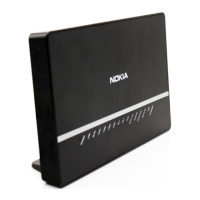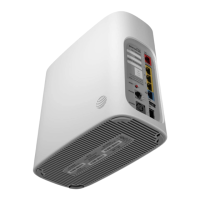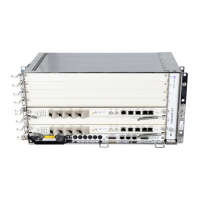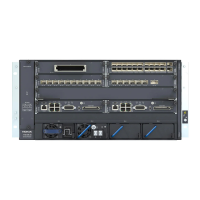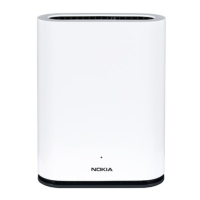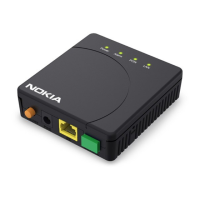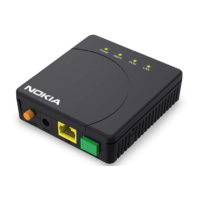Virtual Private LAN Service
172
FD 100/320Gbps NT and FX NT IHub Services Guide
3HH-11985-AAAA-TQZZA Issue: 13
2 PE-Router-A learns the source MAC address in the packet and creates an entry
in the FIB table that associates the MAC address to the service access point
(SAP) on which it was received.
3 The destination MAC address in the packet is looked up in the FIB table for the
VPLS in- stance. There are two possibilities: either the destination MAC address
has already been learned (known MAC address) or the destination MAC address
is not yet learned (unknown MAC address).
4 For a Known MAC Address (see Figure 22):
If the destination MAC address has already been learned by PE-Router-A, an
existing entry in the FIB table identifies the far-end PE-Router and the service
VC-label (inner label) to be used before sending the packet to far-end
PE-Router-C.
5 PE-Router-A chooses a transport LSP to send the customer packets to
PE-Router-C. The customer packet is sent on this LSP once the IEEE 802.1Q tag
is stripped and the service VC-label (inner label) and the transport label (outer
label) are added to the packet.
6 For an Unknown MAC Address (see Figure 22):
If the destination MAC address has not been learned, PE-Router-A will flood the
packet to both PE-Router-B and PE-Router-C that are participating in the service
by using the VC-labels that each PE-Router previously signaled for the VPLS
instance. Note that the packet is not sent to PE-Router-D since this VPLS service
does not exist on that PE-Router.
Figure 22 Network Port Egress Packet Format and Flooding
B
B
: virtual bridge
PE A
IP/MPLS
network
Customer
Location A
Dest
MAC
Src
MAC
VC
label Y
Customer
packet
B
PE C
B
PE B
Apply VC and
tunnel labels
Tunnel
label
Pre-assigned and
signaled by PE 'B'
Dest
MAC
Src
MAC
VC
label X
Customer
packet
Tunnel
label
Pre-assigned and
signaled by PE 'C'
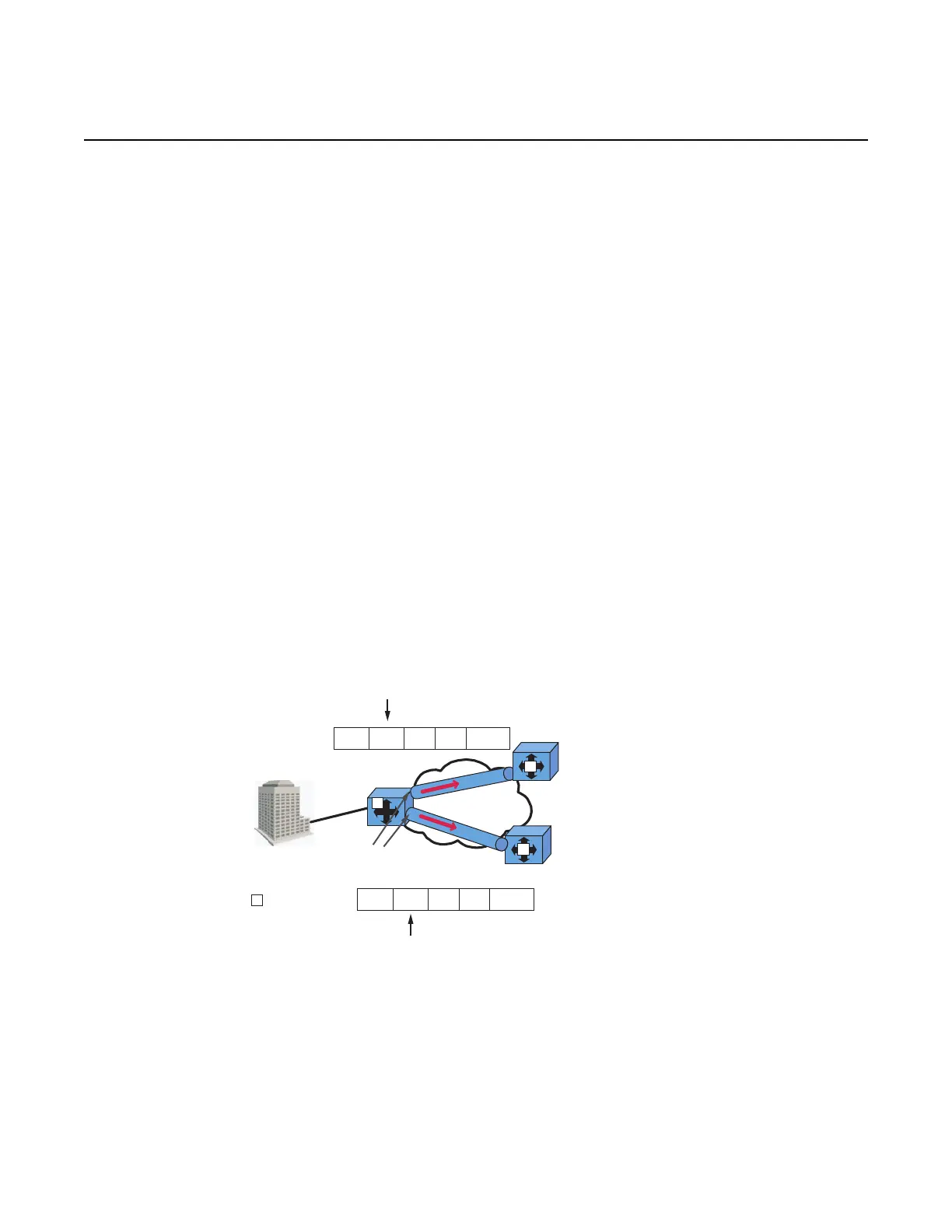